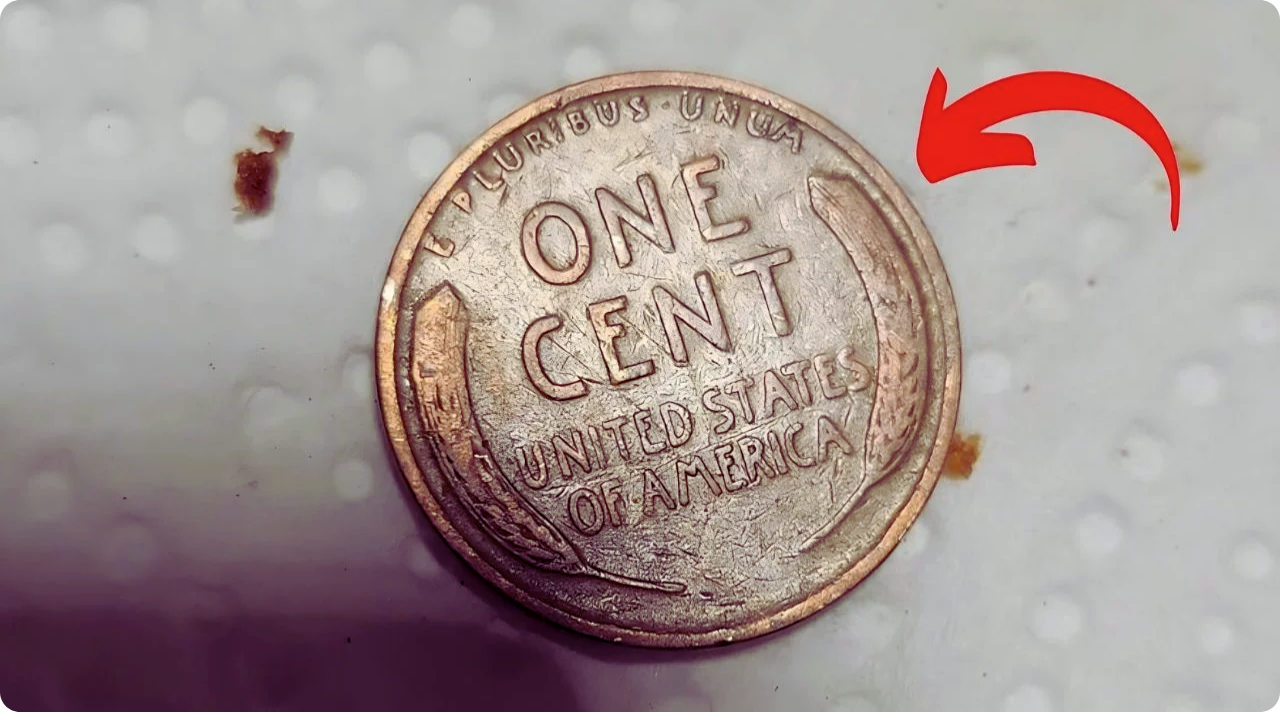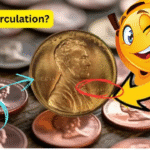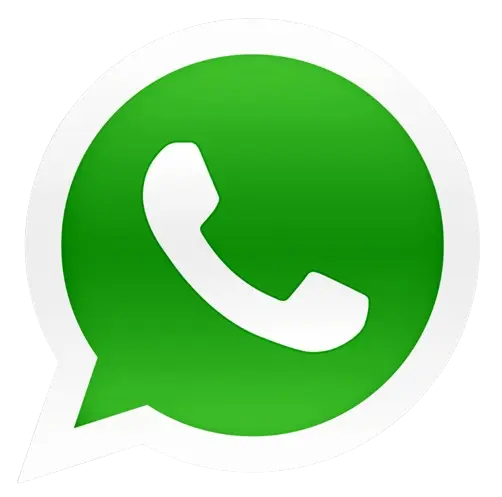Discover the $1 Million Quarter: Imagine finding a quarter in your pocket that’s worth a million bucks! That’s the buzz around the rare 1976 Bicentennial Quarter, a coin that’s got collectors and everyday folks digging through their change. Launched to celebrate America’s 200th birthday, this quarter isn’t your average 25 cents. A few ultra-rare versions, thanks to minting errors and unique traits, have sold for jaw-dropping sums at auctions, with some valued as high as $1 million. Let’s dive into why this coin is such a big deal and how you might spot a fortune hiding in your wallet!
A Coin with a Special Story
The Bicentennial Quarter hit circulation in 1975 and 1976 to mark the USA’s 200th anniversary. Unlike regular quarters, it’s got a cool colonial drummer boy on the back, surrounded by 13 stars for the original colonies, and a “1776-1976” dual date on the front with George Washington. Over 1.6 billion were minted in Philadelphia and Denver, plus some special ones in San Francisco. Most are worth just a quarter, but a handful with rare errors or silver content are collector’s gold, making them worth hundreds, thousands, or even millions!
What Makes It So Valuable?
So, what turns a 25-cent coin into a million-dollar treasure? It’s all about rarity. Some Bicentennial Quarters were accidentally struck on 40% or 90% silver planchets instead of the usual copper-nickel mix, giving them a shiny, heavier look. Others have minting errors like double strikes, where the design is stamped twice, creating a blurry effect. Coins in pristine, uncirculated condition—graded MS-68 or higher by pros like PCGS or NGC—are the real unicorns. A 1976-S silver proof with a double die error sold for $19,200 in 2019, and rumors of a $1 million sale keep the hype alive.
How to Spot a Million-Dollar Quarter
Think you’ve got a winner? Here’s what to look for in your change. Check the edge: regular quarters show a copper stripe, but silver ones look solid and shiny. Weigh it—standard quarters are 5.67 grams, while silver ones are closer to 5.75 grams. Look for errors like doubling on “LIBERTY” or the “1776-1976” date using a magnifying glass. San Francisco coins with an “S” mint mark are often pricier, especially proofs made for collectors. If you spot something odd, don’t clean it—cleaning kills value! Take it to a reputable coin dealer or grading service for a pro appraisal.
The Thrill of the Hunt
The idea of finding a million-dollar coin in your pocket has sparked a modern treasure hunt. Stories of folks stumbling on rare quarters in old jars or grandma’s piggy bank are fueling the craze. Social media’s buzzing with collectors sharing tips and pics of their finds, driving up interest as the U.S. nears its 250th anniversary in 2026. While a $1 million quarter is a long shot, even less-rare versions with minor errors can fetch $500-$5,000. It’s like a lottery ticket you didn’t know you had, making every quarter worth a second glance.
Where to Start Your Search
Ready to hunt for your own treasure? Start by checking loose change, coin rolls from the bank, or old family collections. Coin shows, local dealers, or online marketplaces like eBay are great spots to learn what’s hot. Be careful of fakes—scammers love hyping “million-dollar” coins, so stick with trusted appraisers. The thrill of finding a rare Bicentennial Quarter isn’t just about the cash; it’s about connecting to history and the excitement of discovery. Whether you score big or just enjoy the chase, it’s a fun way to see spare change in a new light!
Why It’s More Than Just Money
The Bicentennial Quarter is more than a coin—it’s a piece of America’s story, minted to celebrate a milestone. The hunt for a rare one is like a real-life treasure quest, blending history, luck, and a bit of detective work. So, next time you’re paying for coffee or emptying your pockets, take a closer look. You might just find a million-dollar gem hiding in plain sight. Head to a coin shop or check out pcgs.com or ngccoin.com for more tips, and join the thousands hunting for the next big find!
|
Specifications |
Details |
|---|---|
|
Year |
1975-1976, dual date “1776-1976” |
|
Design |
Obverse: George Washington; Reverse: Colonial drummer boy, 13 stars |
|
Material |
Copper-nickel clad (most); 40% or 90% silver (rare) |
|
Weight |
Clad: 5.67g; Silver: ~5.75g |
|
Mint Marks |
P (Philadelphia), D (Denver), S (San Francisco, often silver/proof) |
|
Value |
Face: $0.25; Rare versions: $500-$1 million+ |
|
Key Features |
Double die errors, silver planchets, proof condition (MS-68 or higher) |











